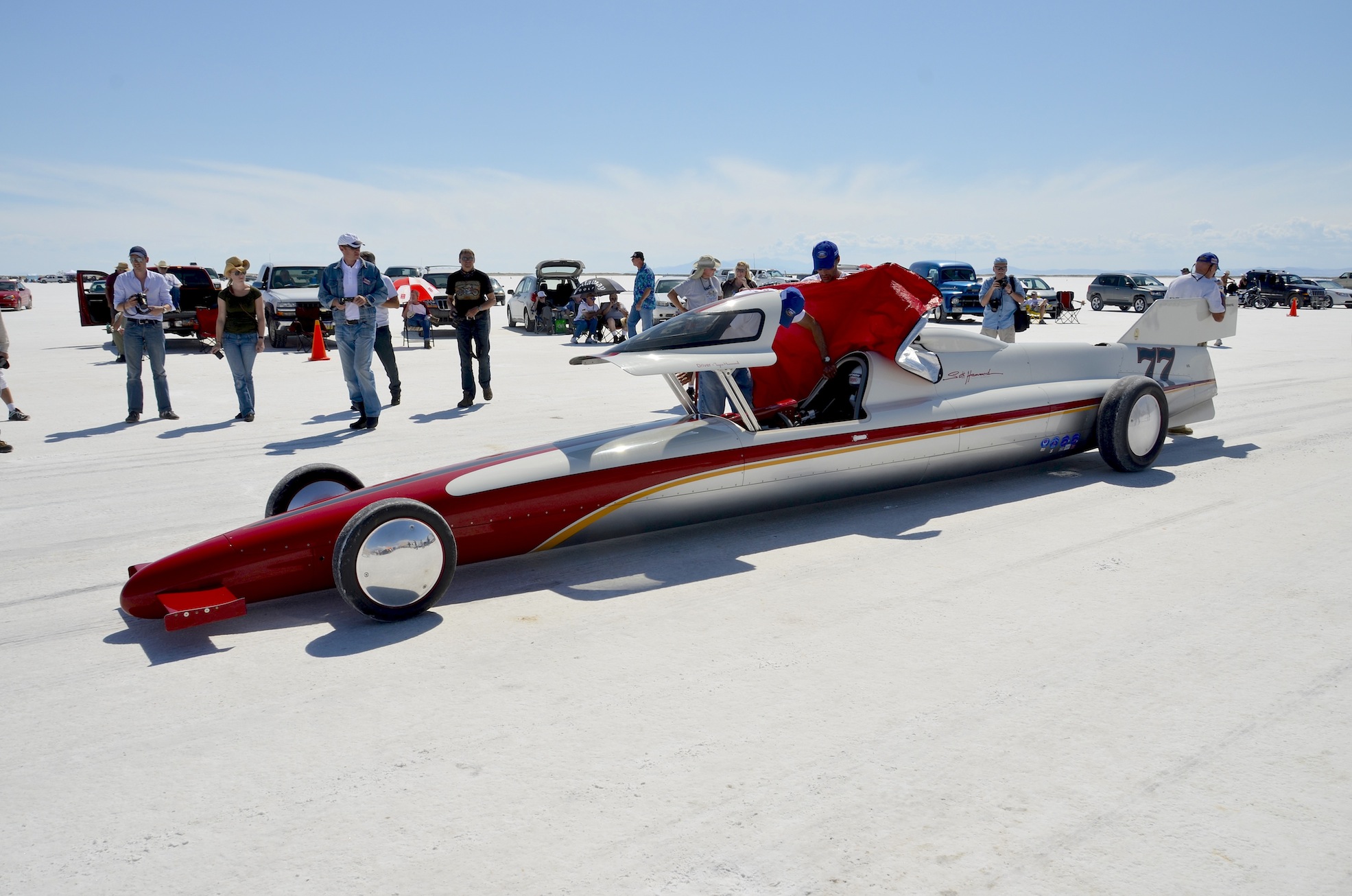

The Utah Salt Flats Racing Association echos Gabelich. Gary Gabelich, who set a 622-mph record in 1970, says, "The salt flats are a unique gift of God. Environmentalists and racers have teamed up to stop salt mining and preserve the Flats. In the profusion of stock-cars and formula racers we read a simple sense of play and a real love of excellence.īest of all, a peculiar coalition has formed. And it remains an amateur business - prizes without purses. Now almost 300 classes of four-wheeled vehicles race there. Now racing on the Salt Flats has gone another direction entirely. What's a 40,000-HP jet car but an airplane trying keep its wheels on the ground? Where's the fun? But when Craig Breedlove reached 600 mph with a jet-powered car in 1965, the game began losing its charm. In 1960 he broke 400 mph with four souped-up Pontiac V-8 engines. The American Mickey Thompson gave the record back to America. In 1935 Malcolm Campbell made the Salt Flats into the world's premier high-speed race course by exceeding 300 mph. Then the English joined the game with airplane-engine-driven race cars. Both racing cars and salt companies arrived in Utah. We also needed smooth hard surfaces where the new automobiles could strut their stuff.


Sixty years later those eerie Flats filled two needs. hills and mountains were reflected in a surface that looked like a sheet of water. the rising sun appeared before us like a large, round red disk slowly emerging from the endless plain. In 1846 my great-grandfather walked across those flats behind an ox-drawn cart. The Salt Flats are alternating layers of salt and mud, hard like concrete. It covers 40 square miles, but it's only a remnant of a prehistoric lake that once covered all of northern Utah. Walker found the large dry lake bed we call the Bonneville Salt Flats. He sent his lieutenant, Joe Walker, out to see what lay west of Salt Lake. In 1832 Captain Benjamin de Bonneville led a team of trappers west. The University of Houston's College of Engineering presents this series about the machines that make our civilization run, and the people whose ingenuity created them. Today, we cross a desert - first slowly, then rapidly.


 0 kommentar(er)
0 kommentar(er)
